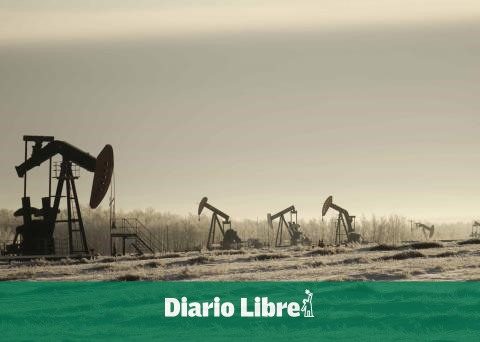The NMS (National Metereological Service) issued a yellow alert for the arrival of rains that will be accompanied by intense storms. In addition, the occasional fall of hail could occur.
According to the organism meteorological, rainfall will occur in the provinces of La Rioja, San Juan, Mendoza, San Luis, Córdoba, Santa Fe, La Pampa and Buenos Aires. In this regard, the NMS reported that the storms will be (some) locally strong, with intense gusts and significant electrical activity.
Additionally, the NMS detailed: “For these areas, variable accumulated precipitation values are expected in the region of between 25 and 50 millimetersand may be exceeded in a timely manner”.
For this reason, the agency recommended “not taking out the garbage, removing objects that prevent water from draining, securing elements that can be blown up on the balconies, not carrying out outdoor activities, avoiding shelter under trees and electricity poles.” and not stay on beaches, rivers, lagoons or pools.

It is important that citizens are attentive to official communications from the authorities, in case significant climate changes occur that may put health or physical integrity at risk.
The alert for storms in the aforementioned provinces will be in force until 23:59 today. However, for tomorrow new rainfall is expected in much of the country.

Meanwhile, according to the forecasts of the NMS, during February there will be rains especially on the coast, north and center of the country and south of Patagonia; while in the Argentine northwest, rainfall is expected to be above normal levels.
Alert for extreme temperatures
While in one part of the country there is a warning for rains and storms, in another, The warning applies to extreme temperatures, which will especially affect the Andean areas and part of the Neuquén, Río Negro, Chubut and Santa Cruz plateaus..

Faced with the intense heat, the entity recommends taking special care with boys and girls, as well as with the elderly, since they are more prone to decompensation due to high temperatures.


















